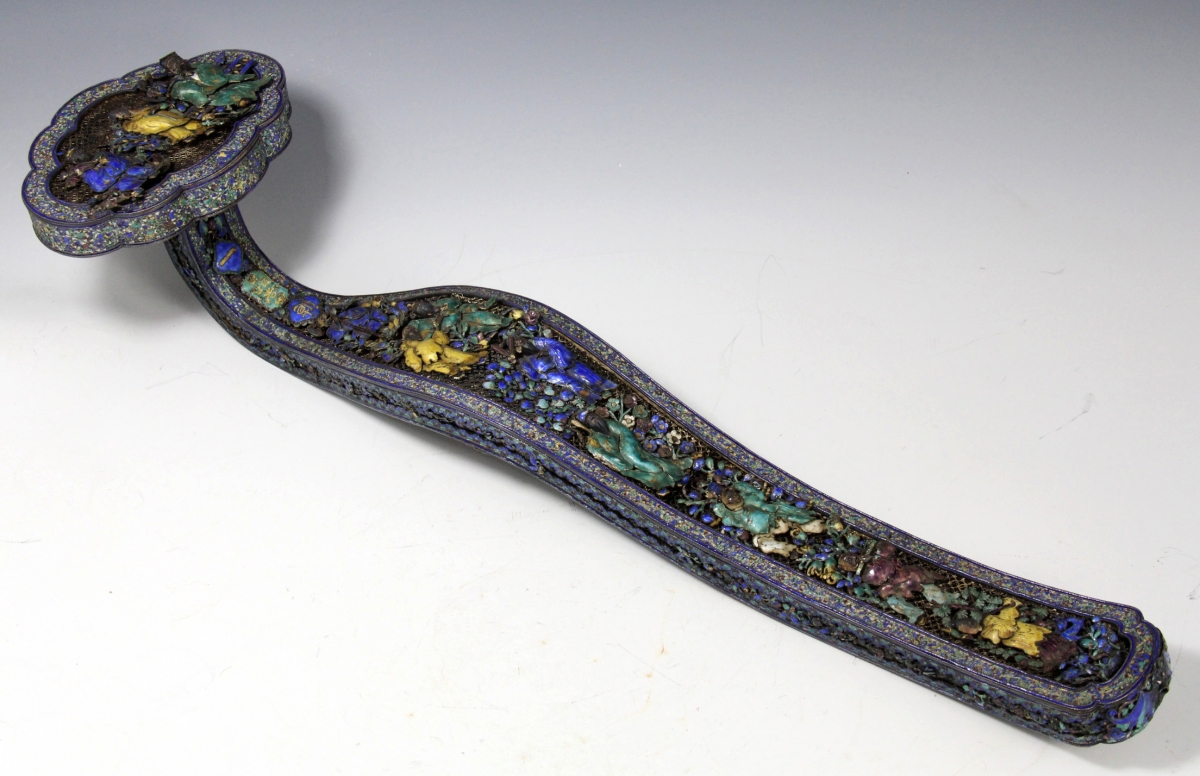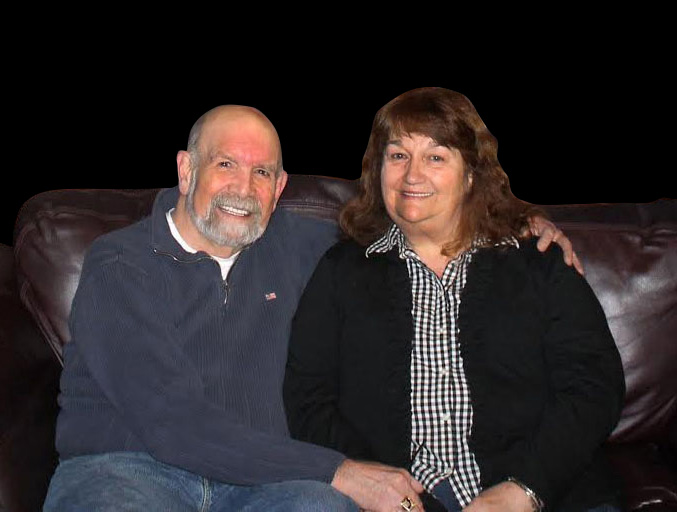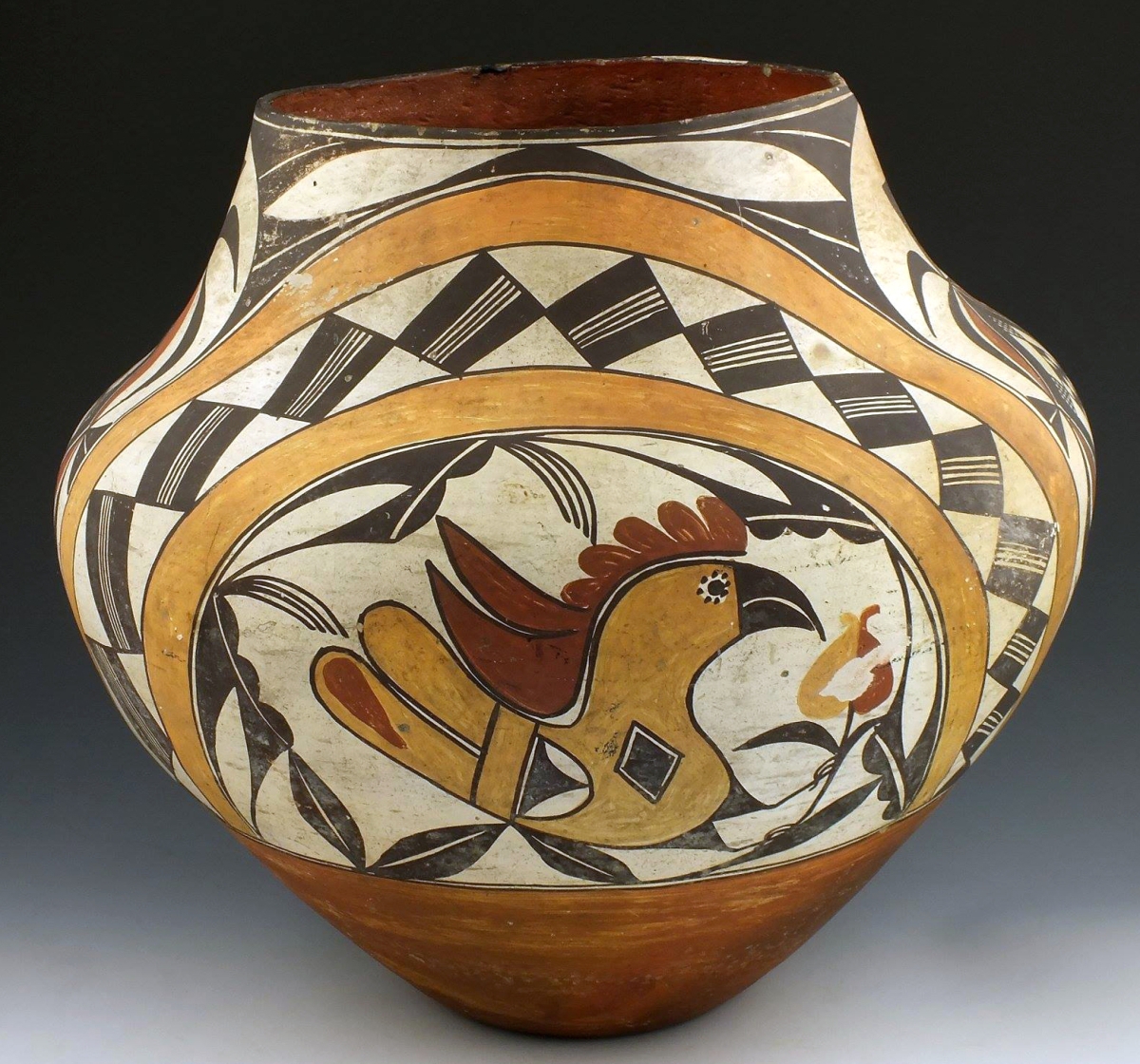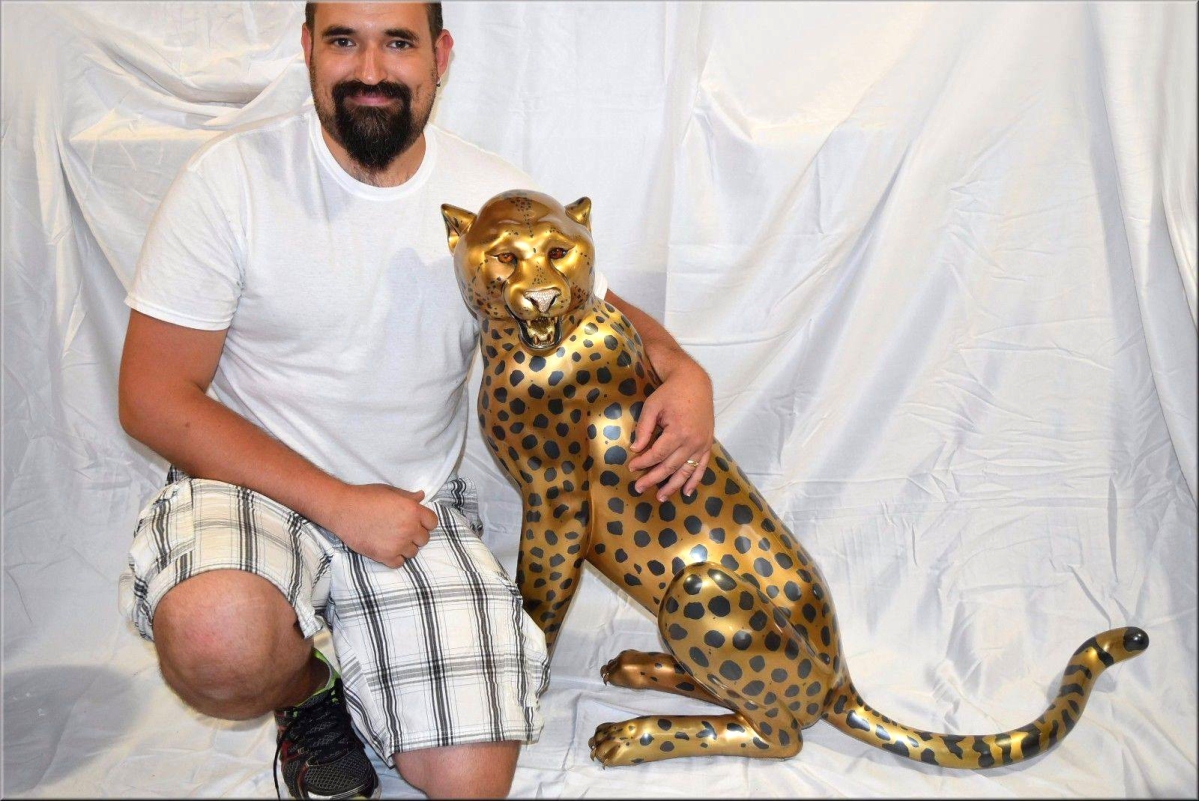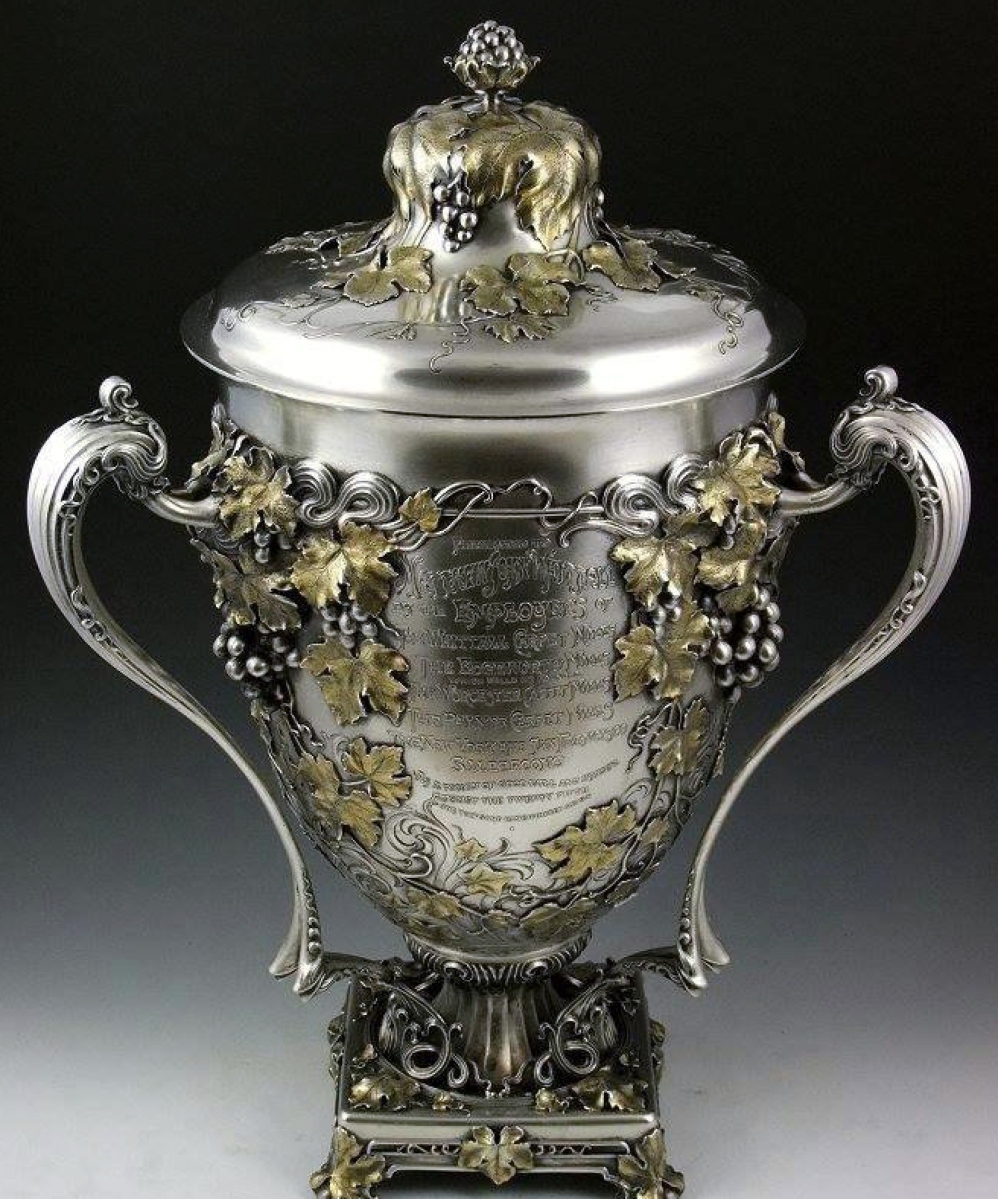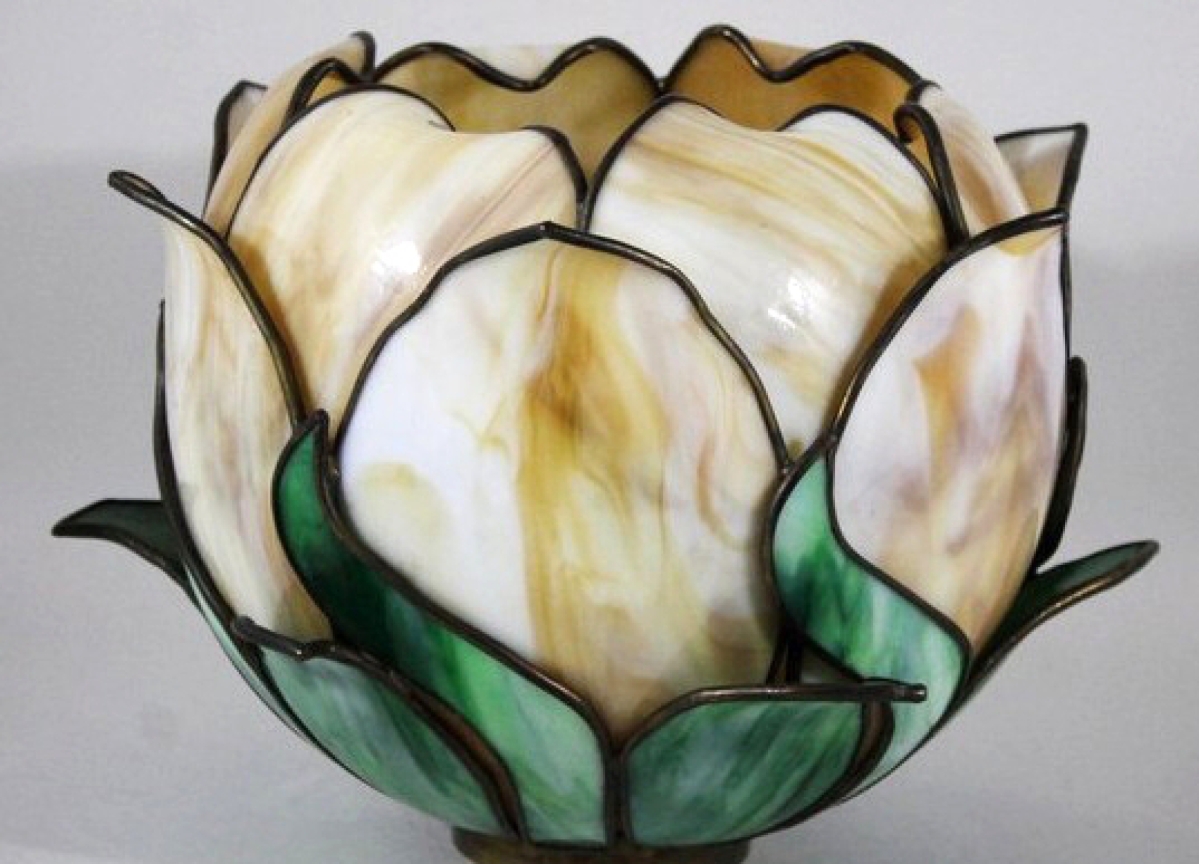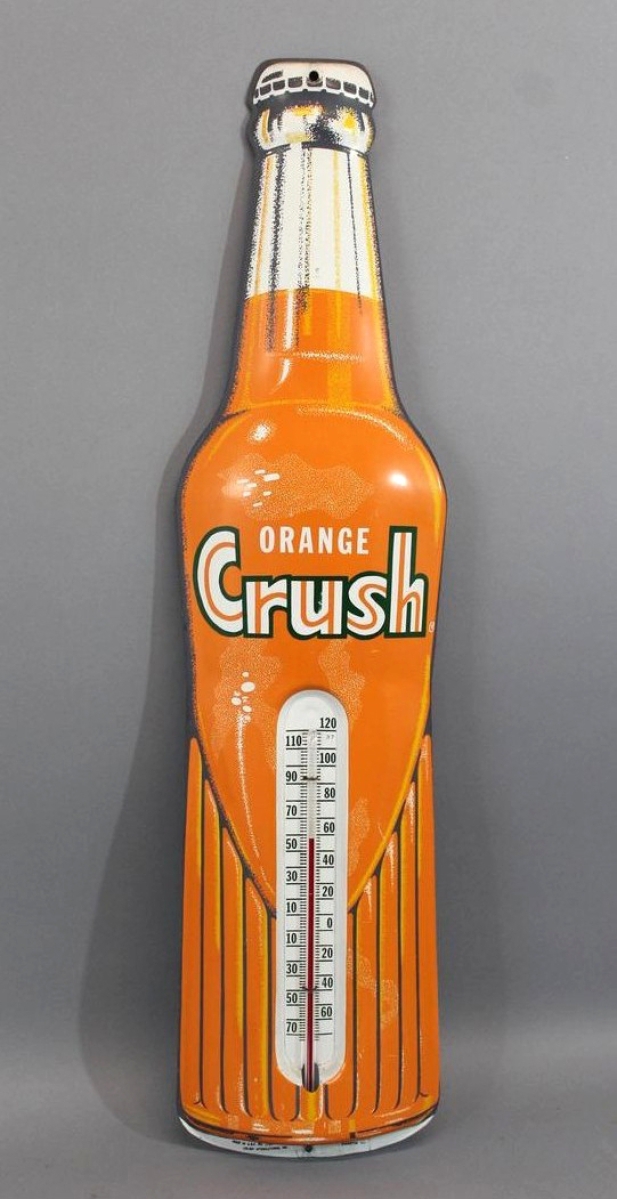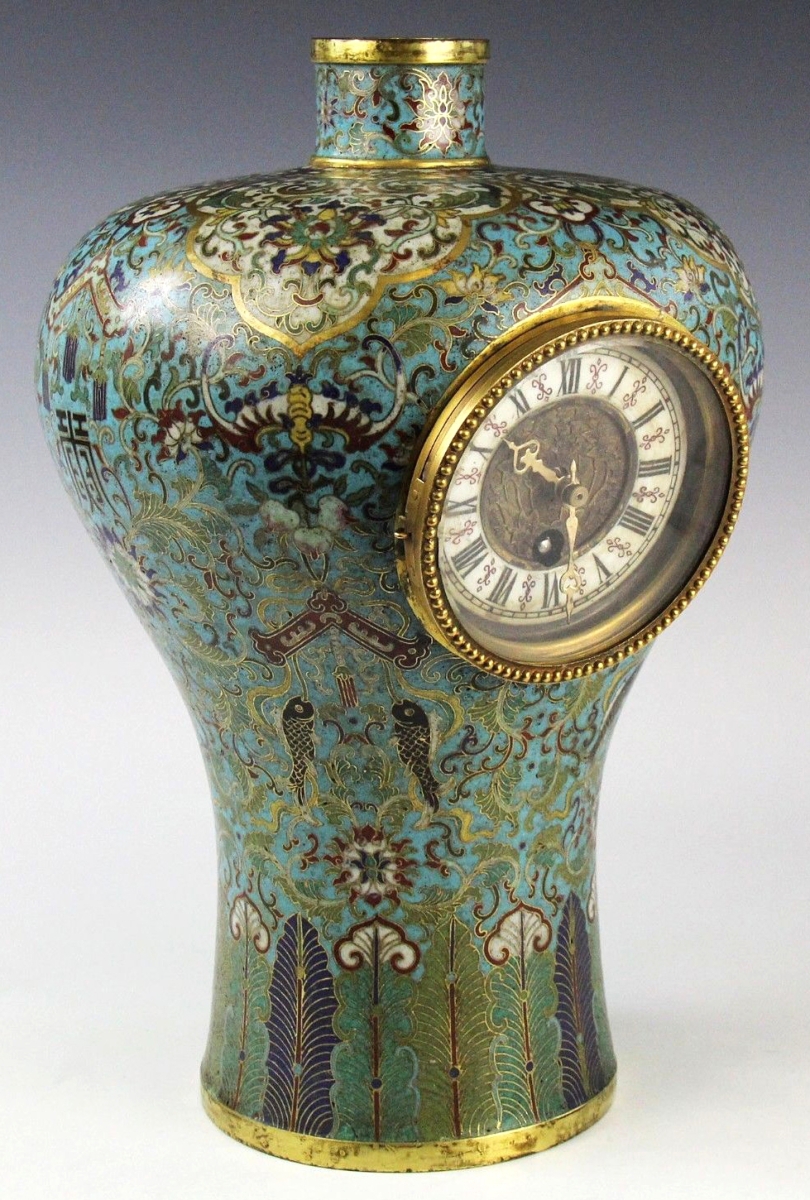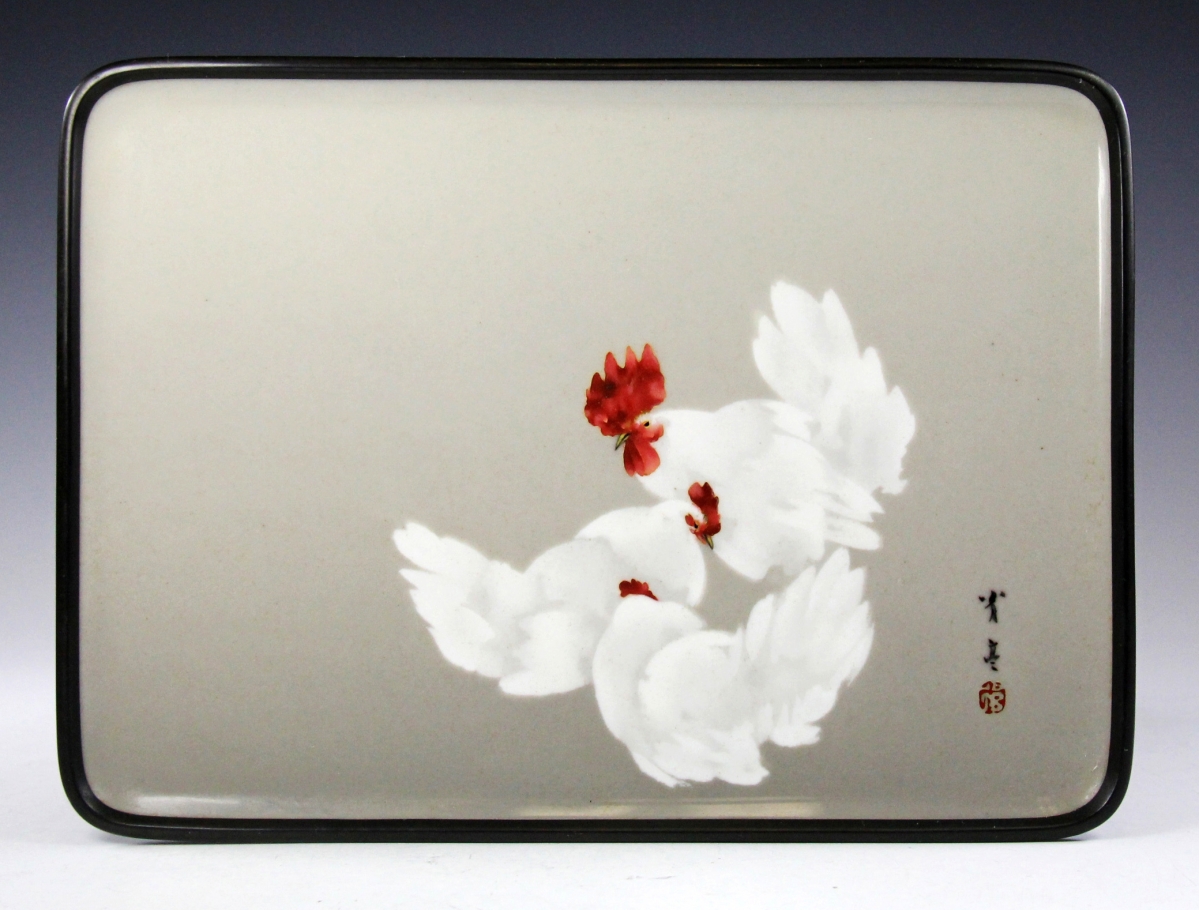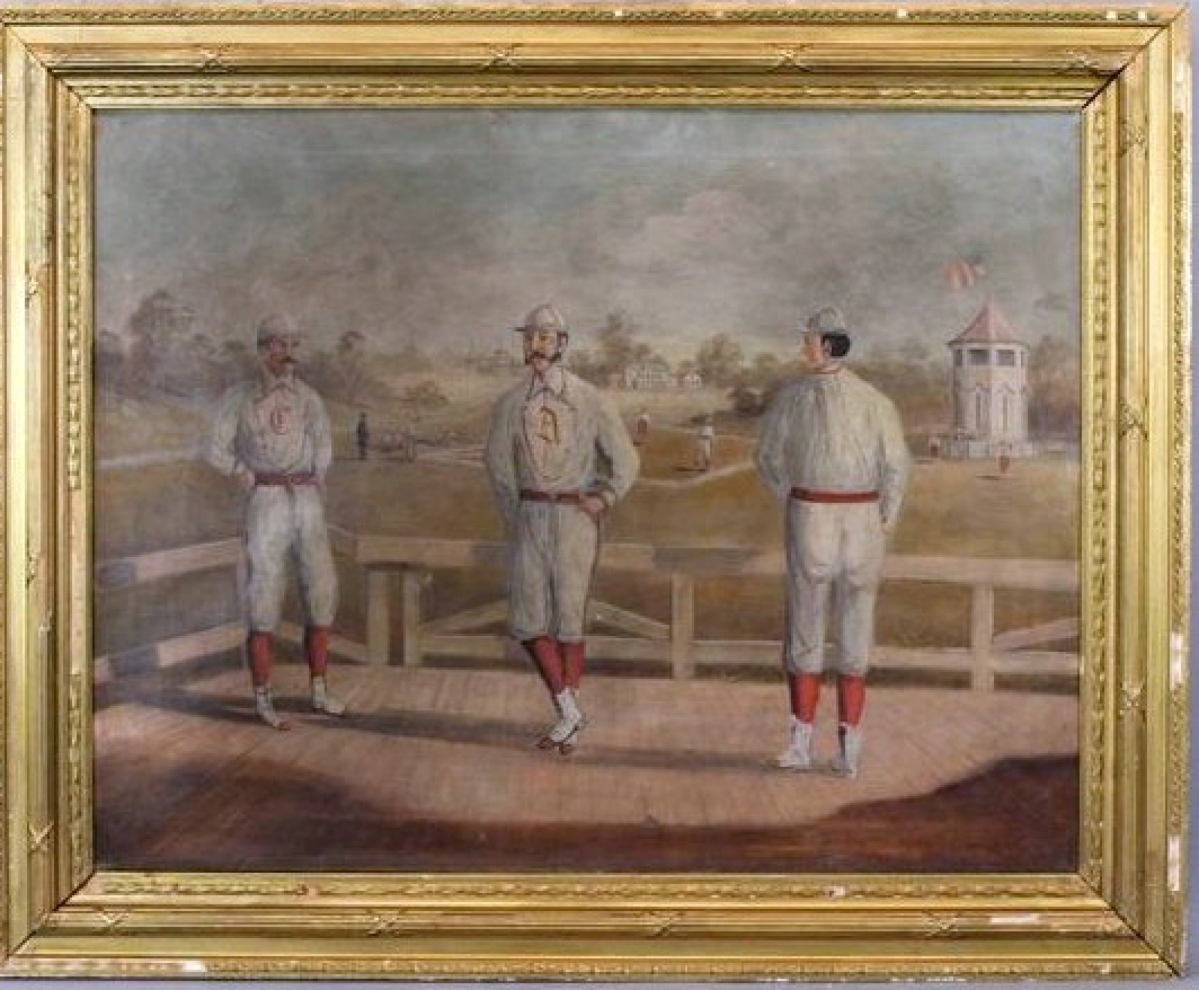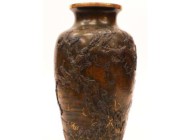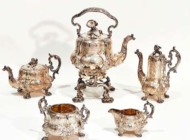By Rick Russack
Today’s eBay is not, as the saying goes, your father’s eBay. Astute dealers and knowledgeable collectors are taking advantage of that fact. It is not surprising then to learn that some dealers are making their living on eBay, and three of them recently discussed how they do it with Antiques and The Arts Weekly. Strategies vary: some sell mostly with fixed-price eBay stores; some run ten-day auctions with all items starting at 99 cents regardless of the value; some own everything they sell and some combine consignment items with things they own. What they agree on is that items in the $1,000 to $5,000 price range do well, with buyers comfortable at those levels. Each has sold items for far more than $5,000 and each believes that eBay, with its 100 percent money-back guarantee, provides buyers with a safe marketplace.
Certain themes run through their comments. First, they agree on the need for exceptional customer service and the importance of providing the best photographs possible – one includes black light photos. All three concur that no other marketplace comes close to providing the number of customers that eBay does. Each is moving toward selling higher quality antiques, pointing out that there are numerous buyers seeking quality material. And although each is a family-run business, paid staff is necessary as the business grows.
If you wonder about the quality of the offerings, note some of the prices achieved in the items pictured on these pages. Rob Hunter, editor of Ceramics in America, is a collector of early ceramics, a dealer and a consultant to several museums. He is also active on eBay. “I spend a fair amount of time each week searching eBay,” he told Antiques and The Arts Weekly. “I rarely find a ‘steal,’ but I have sold some of my recent ceramics purchases to American museums. In general, I have had great experiences with the transactions. I also use eBay for research in preparing Ceramics in America. I can search for a particular ceramic manufacturer or pattern to find parallel examples or sometimes outright new discoveries.”
Chamberlain Antiques, specializing in Asian antiques, runs a ten-day auction every six to eight weeks with about 250 unreserved items, all with a starting bid of 99 cents. The firm said it grosses more than $1 million annually with a staff of four. Josh Chamberlain is 36 years old and has been selling on eBay since 1999. He began, while in college, selling baseball cards from his dorm room at the University of New Hampshire. His interest in Asian antiques developed after he bought a table lot at an auction that included three pieces of Rose Medallion. “I didn’t know anything about it, but I liked it and wanted to learn more.” He apparently learned well and now serves as a consultant to other auctioneers.
The firm has completed more than 10,000 sales, and has more than 7,000 feedbacks with a satisfaction rating of 100 percent. Among several five-figure sales, the top one is a Nineteenth Century Chinese enameled silver scepter at $80,000, followed by an Eighteenth Century Chinese cloisonné vase, inset with a clock, that sold for $50,000.
Chamberlain said, “The bread and butter of our business are items that sell in the $1,000-$5,000 range and most of the Asian material sells to buyers in China. There was a large influx of Chinese buyers around 2010. They have a strong interest in their history and they really want to bring their history back to China. Certainly starting all our auctions at 99 cents exposes us to the possibility of things selling for less than we’ve paid, and that has happened. If we use the right key words in our listings, enough buyers will find our listings, so our risk is limited.
“Buyers know that eBay is a very safe place for them to shop. Everything has a 100 percent money-back guarantee and buyers can return items for any reason. We have a second site on eBay that sells fine art and other non-Asian items. That’s a fixed-price site and we use it when we’re concerned about the number of bidders that may find the item. We own everything we sell, nothing is on consignment, and with our auction schedule, we keep turning the inventory. We usually own stuff for around two months.”
Most of Chamberlain’s listings include about a dozen high-quality, detailed photographs. Chamberlain said, “People use photos to make their buying decisions. They have to be as clear and detailed as possible.
“Online sales are becoming a major part of the antiques business, with dozens of sites, and those sites are competing for dealers. We’ve been asked by several other sites to leave eBay and switch our business to their sites. But none of those sites can generate the number of ‘eyeballs’ that eBay delivers. With that 100 percent guarantee, it’s a very buyer-friendly site. How many other places offer antiques buyers that kind of safety?”
Chamberlain’s website –www.chamberlainantiques.com – has links to its eBay listings.
![[place photo above subhead:] Steve Young Sr, left, Coast To Coast Antiques, Newport, N.H., with wife Sherry and son Steve Jr.](https://www.antiquesandthearts.com/wp-content/uploads/2017/01/young_family_0000a-e1483993154153.jpg)
Steve Young Sr, left, Coast To Coast Antiques, Newport, N.H., With Daughter In Law Michelle and Son Steve Jr.
They use eBay’s fixed-price, “buy-it-now” format and usually have about 1,500 items listed, adding an average of 50-60 items per week. They started using eBay in 1998 and estimate that since then they have grossed about $6 million in online sales. Their total number of feedback exceeds 12,000, and reflects nearly a 100 percent customer satisfaction score.
The variety of items listed reflects the wide range of objects that interest them and about which they are knowledgeable: Chinese antiques, early English and other ceramics, European art glass, American flasks and bottles, jewelry, silver, etc. Their sales have included a silver presentation fireman’s bugle sold for $15,500 and they presently have an exceptional piece of Russian enamel listed at $27,995. Young agrees that items in the $1,000 to $3,000 price range do well. They do not accept consignments and own everything they sell. They also emphasize the importance of high-quality photos.
Father and son agree that they are refining the quality of their listings, reducing and eventually eliminating items in the $200-$300 price range. They also agree that they are often able to buy on eBay and later resell at a higher price but most of the items they sell have been bought at New England auctions. Steve Sr said, “I try to buy the best item, regardless of the category, whenever I’m at an auction. The very best stuff is always the easiest to sell.” Social media is becoming an important tool, useful for driving prospective buyers to their website. They use the “Talking Antiques” group on Facebook, which has more than 35,000 members, to attract buyers.
Coast to Coast Antiques is one of 24 stores that eBay has selected to participate in its recently established curated site, eBay Collective, offering items that give buyers a choice of exceptional objects, searchable in ways that the main eBay site is not. The firm’s website is www.coasttocoastantiques.com and has links to its eBay store.
Bill Wolstenholme has been selling antiques on eBay for 17 years. The online platform recently gave his company its prestigious Shine award in the Family Business category as the number one eBay store for antiques and collectibles. Understandably, Wolstenholme’s company uses eBay’s award on its website and in advertising. The business is a full-time job for Bill, his wife, two daughters, one son-in-law and a staff of eight. They have more than 47,000 feedbacks and a satisfaction rating of 100 percent. Gross sales in 2015 exceeded $3.5 million, said Wolstenholme. They own some of the material they sell and some is consigned by a group of pickers that Wolstenholme has known and done business with “for years.”
The business’s listings include fine art, primitives, Asian antiques, maritime antiques, advertising items, jewelry and toys, etc. All items are sold without reserve in ten-day auctions with opening bids of 99 cents. Statistics from eBay show that more than 4,000 different buyers view the firm’s listings daily. At any one time, about 250 items are listed, with about 30-35 fresh items being added daily.
Wolstenholme started in the antiques business 43 years ago as a picker. An “old-fashioned” dealer, he had no interest in using computers to sell. In 1999 that changed. “I had bought a box full of old toys and I was ready to start calling my antique toy customers. Lisa, my daughter who was 11 at the time, said ‘Why don’t we put these toys on eBay? We’ll borrow a camera and I’ll take the pictures and do all the eBay work. You tell me what to say.’ I finally agreed and was amazed at the results. People were sometimes paying twice what I would have asked. In the bottom of the toybox was a Pez container. The selling price, $360, was a shock to me and the customer drove from Connecticut to pick it up. I realized that eBay made it possible for me to reach collectors, where in the past, as a picker, I had been selling only to dealers.”
In the beginning, Wolstenholme used reserves, unwilling to run the risk of selling something for less than he paid for it. One result was that some things did not sell and that was a disappointment to consignors. In 2001, with the encouragement of his two daughters then working after school with him, he decided to do all of his business on eBay, selling without reserves. Although he has sold items for more than $50,000, his average sale is about $400 and he is working to increase that to $500 by selling better material.
When asked what category does the best, he answered: “Clearly, it’s paintings. We sell a lot, and that’s because we’re very careful about describing condition, whether it’s inpainting, tears, repairs or damage to the frame. We post several closeup photos and we include photos taken under black light. That allows bidders to accurately judge the condition of the painting. We’ll also post black light photos when a piece of pottery or ceramics has been repaired. Accurate descriptions keep our customers coming back and many have bookmarked our listings. We have around 10,000 followers and that gives us a tremendous advantage. Most are people who have bought from us and trust our descriptions. And every one of the listings emphasizes that all items are 100 percent guaranteed and can be returned for a full refund. Few items are returned.”
Wolstenholme’s website –www.riicsinc.com – has a link to the firm’s eBay listings.

